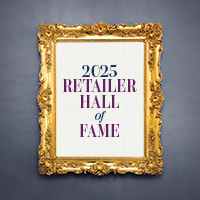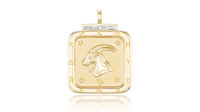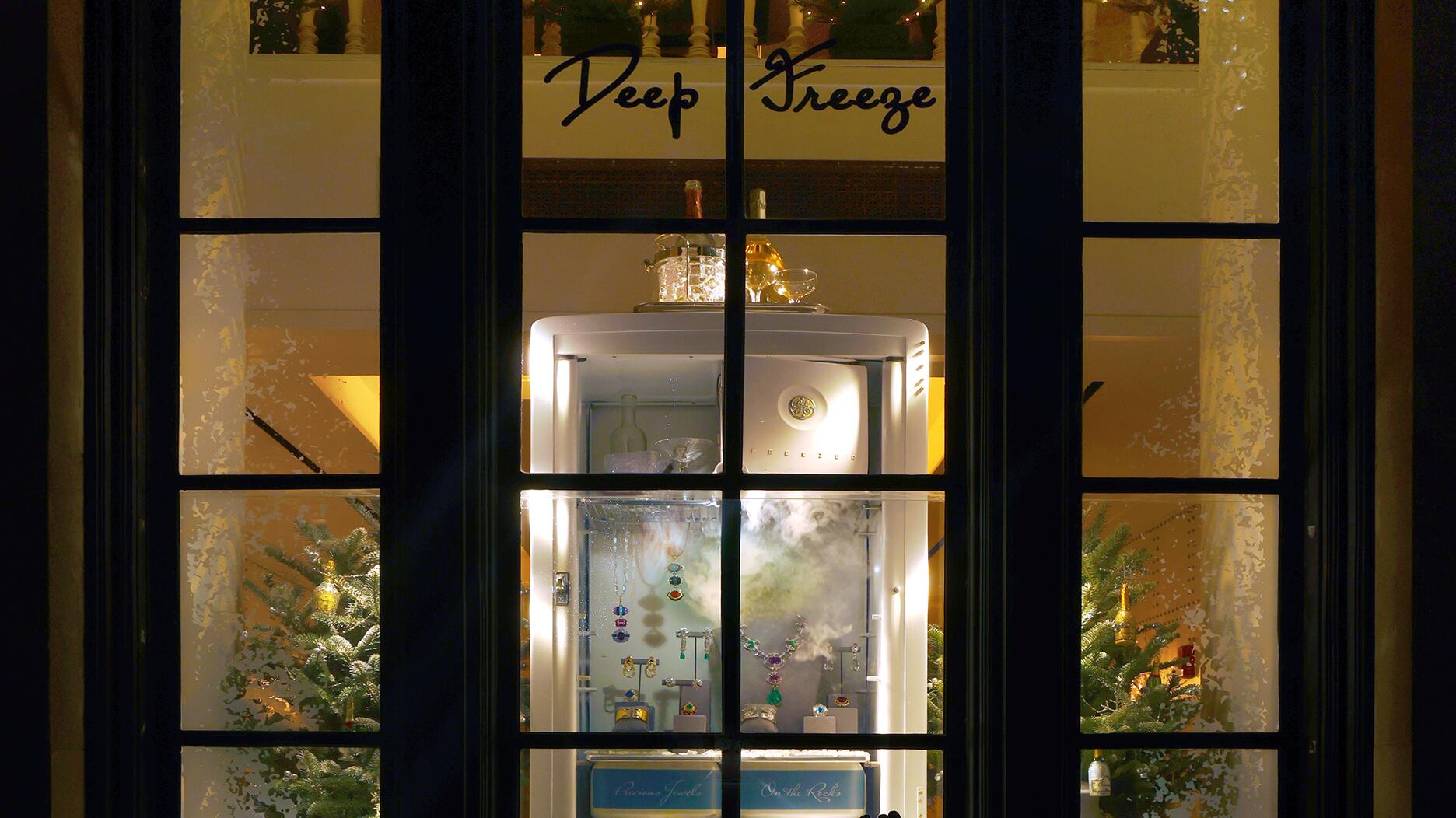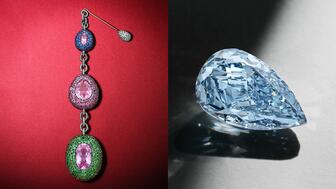Sotheby’s held its first two jewelry sales at the Breuer building last week, and they totaled nearly $44 million.
Retailer Hall of Fame 2018 Inductee: Pam Mortensen
This jewelry executive works hard but never loses sight of what’s important, and she makes sure her employees do the same.


They also cite her hands-off management style and her ability to see the big picture—to build out categories strategically without getting mired down in the details.
But perhaps the greatest accolade comes from Jillian Roig, a senior buyer for fine jewelry at J.C. Penney, who has worked under Mortensen since she joined the company a little over six years ago.
When asked to share her boss’ best qualities she said Mortensen is “family-oriented,” which means a lot to Roig personally as the mother of a young son.
It also means a lot in a day and age when women are ascendant in corporate America and are once again pushing conversations about paid family leave and work-life balance to the fore.
“She’s truly shown that women can have a great career and a great family and be successful at both,” Roig says. “She can be an inspiration in that sense.”
Mortensen would be pleased to hear her message has been received, as balancing family and work is one of piece of advice she has for young women starting out in jewelry retail today.
She says she encourages her employees not to miss out on their children’s special moments, because she certainly didn’t when she was a young buyer at Zale Corp., which, very progressively for the time, had its own daycare facility.
“It wasn’t easy, but I just made it a priority. My children were my priority,” she says of her two sons, now in their 20s. “Of all I have accomplished, I am most proud of my family.”
Mortensen is this year’s inductee into the National Jeweler Retailer Hall of Fame in the Majors category, which covers chains with 10 or more locations.
Early Goals
Born and raised in Bentonville, Arkansas, then a rural community, Mortensen attended the University of Arkansas and majored in fashion merchandising, thanks to her father.
Mortensen says it was her dad who pushed her to explore other options besides becoming a teacher—a common career goal for women in the 1960s and 1970s. Because she had always liked fashion and had even made some of her own clothes growing up, she picked fashion merchandising.

She graduated and started her first job in May 1977, in the management training program at Sanger-Harris in Dallas, then owned by Federated Department Stores. She stayed there for eight years, working her way up to become a buyer for fashion accessories.
In 1985, Mortensen got a job with another Dallas-area company, Zale Corp., and began buying for the more upscale Bailey Banks & Biddle chain, which at the time was part of Zale.
The job served her well in two areas.
First, it taught her the fundamentals of fine jewelry, a business she would come to love and work in almost exclusively for the next 25-plus years.
Secondly, it would teach her how to grapple with a constant in both retail and life—change.
A little more than a year after Mortensen came on board, the Zale and Lipshy families gave up their months-long fight to fend off an acquisition, agreeing in November 1986 to sell the business to Toronto-based chain Peoples Jewellers and Swarovski International Holdings based in Zurich, which partnered in order to push the deal through.
Zale Corp. transitioned from being a family-owned business, as it had been since its founding in 1924, to one controlled by two large, foreign entities.
Mortensen also moved around within Zale. After her start with Bailey, Banks & Biddle, she did buying stints for the Zales and Gordon’s Jewelers brands, and then moved back to finish out her time as a senior buyer in bridal at Bailey, Banks & Biddle.
She reflects: “I think [at Zale]—more than any time in my career —I learned to manage change because we went through so much [of it]. There is one thing you can always be sure of, and that is change.”
“There’s a lot of executives in the business who might be brilliant people, but they are trying to have their hand in every little detail of the business from a merchandising perspective. That’s a very hard thing to do and still manage. [Pam] does a very good job of that.” — Ed Yakubovich, Sunsource Jewelry
Mortensen’s next move was to catalog retailer Service Merchandise. Then in June 2002, she took a job with her hometown retailer, Walmart, overseeing the merchandising strategy for jewelry and watches.
Both Dave Meleski, president (and soon CEO) of Richline Group, and John Hall, a consultant to the industry with U.K.-based Sustainable & Responsible Solutions, got to know Mortensen when she was working at Walmart.
At the time, Meleski was CEO of Aurafin (which was purchased by Berkshire Hathaway and merged with Bel-Oro International to form Richline in 2007) and Hall was working on external affairs and responsible business practices for Rio Tinto’s diamond business.
Mortensen, Meleski, and Hall worked together on a new line of responsibly sourced jewelry for Walmart called “Love, Earth.”
Each piece in the line came with a number the buyer could enter online to trace it from a Rio Tinto mine through Aurafin manufacturing to the store itself.
Walmart introduced Love, Earth in 2008, just before the Responsible Jewellery Council launched its certification system (in fact, Mortensen says a lot of the work they did at Walmart with their NGO partners and consultants was presented to the RJC to consider in building its certification standards). That same year, De Beers launched Forevermark in Asia (the brand didn’t come to the U.S. until 2011).
Hall calls the Love, Earth project “pioneering,” noting that it was the first time a mine-to-market tracing program had been done at any sort of scale and sold at mass-market prices.
Basically they were making it up as they went along, he says, and part of what made it work was Mortensen’s preparedness to tackle something different and her nothing-is-impossible attitude.
“If Pam hadn’t had that kind of mindset, it wouldn’t have been possible,” he says. “Whenever you are pushing the envelope, whatever it is, you need to have that mindset. And that’s another thing I admire about her.”
Modern Times
Today, Mortensen is the senior vice president and general merchandise manager for jewelry, watches and fashion accessories at J.C. Penney, where she’s worked since 2009.
She is responsible for guiding the overall direction of the business—what product is bought, how it’s marketed and how employees are being trained to sell it—and, of course, for the fine jewelry division’s financial performance within J.C. Penney.
Ed Yakubovich is the president of Sunsource Jewelry, a company he started in 1994 that supplies jewelry to J.C. Penney as well as a number of other large jewelry store chains.
He says he met Mortensen right after she started at the retailer’s annual two-day supplier summit in 2009, where she presented his company with the award for supplier of the year for jewelry.
Since then, Yakubovich says they’ve developed an excellent working relationship as well as a friendship.
He says one of the most difficult adjustments that a merchandising executive like Mortensen has to make is to keep her hands “off the merchandise,” so to speak.
“There’s a lot of executives in the business who might be brilliant people, but they are trying to have their hand in every little detail of the business from a merchandising perspective,” Yakubovich observes.
“That’s a very hard thing to do and still manage. She does a very good job of that. She has a vision for the business. She drives the business from that visionary standpoint and allows everyone on her team to do what they were hired to do.”

Richline’s Meleski also lauds Mortensen’s vision and her ability to think and plan in broad brush strokes, not just in terms of an item in, an item out, which is the folly of many merchandisers.
“She definitely gets into the details but her view is not narrow—you don’t build [a successful department] by finding an item at a time. You let items build to create a category.”
It is because of Mortensen’s leadership that J.C. Penney’s jewelry department continually is highlighted in earnings reports as a bright spot.
In the fourth quarter ended Feb. 3, 2018, same-stores sales rose nearly 3 percent for the department store chain while total sales were up 2 percent. Jewelry was listed as one of the top-performing divisions.
“It’s because of her strategic approach,” Meleski says. “She picks categories they can dominate and goes after them.”
Besides being a manager, Mortensen also has to serve as an advocate for fine jewelry within J.C. Penney—fighting for resources in what is ultimately an apparel-driven business.
She has to “sell them” on her strategy, says Roig, Mortensen’s senior buyer, and she does it well.

Case in point: Late last year, J.C. Penney invested in rebranding and renovating its jewelry departments, with a new logo and tagline rendered in a vintage-looking brush stroke intended to reflect its long history. “JCPenney Co. Fine Jewelry, Est. 1902,” it reads.
The retailer also added smartwatches from Samsung, LG and Garmin, which are displayed so customers can interact with them, and updated its store brand, Modern Bride, with new graphics, fixtures and in-case presentations.
All these updates were done in response to the one constant Mortensen learned how to deal with early on in her career—change.
In her opinion, customers today still value the in-store experience and she doesn’t see that fading away, particularly for an item as personal as fine jewelry.
“Change is inevitable, and if you can’t learn to adjust, you’re not going to survive. I think that’s where retailers are today.” — Pam Mortensen
What has changed, though, is the way retailers communicate with potential customers and the increased pressure to differentiate themselves from their competitors, whether they are online only or in the same shopping mall.
Mortensen says retailers have to be sharp with their assortments, constantly bringing in new product, and testing it with customers.
They also have to listen to their customers and understand how they shop.
Consumers might want to buy online and pick up in store, or just browse on the internet and not buy until they see it in person. They might get engagement inspiration from Instagram, Pinterest, the ring their best friend just shared on Facebook, or some combination of all three.
Gone are the days when retailers can, or even should, carry every single category of fine jewelry, put it all in the case every morning and wait for the customers to come flooding in.
“Change is inevitable, and if you can’t learn to adjust, you’re not going to survive,” Mortensen says. “I think that’s where retailers are today.”
The Latest
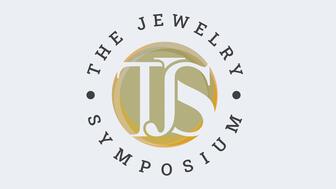
Winners will receive free registration and lodging for its fourth annual event in Detroit.

Here are six ideas for making more engaging content for Instagram Reels and TikTok, courtesy of Duvall O’Steen and Jen Cullen Williams.
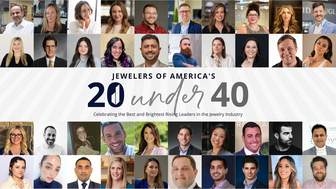
How Jewelers of America’s 20 Under 40 are leading to ensure a brighter future for the jewelry industry.
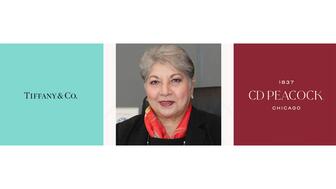
The honorees include a notable jewelry brand, an industry veteran, and an independent retailer.


Carlos Jose Hernandez and Joshua Zuazo were sentenced to life without the possibility of parole in the 2024 murder of Hussein “Sam” Murray.

Yood will serve alongside Eduard Stefanescu, the sustainability manager for C.Hafner, a precious metals refiner in Germany.
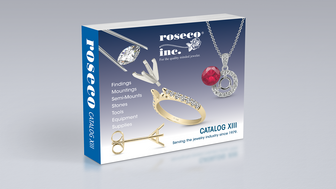
Roseco’s 704-page catalog showcases new lab-grown diamonds, findings, tools & more—available in print or interactive digital editions.

The New Orleans jeweler is also hosting pop-up jewelry boutiques in New York City and Dallas.
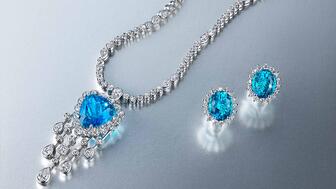
Set in a Tiffany & Co. necklace, it sold for $4.2 million, the highest price and price per carat paid for a Paraíba tourmaline at auction.
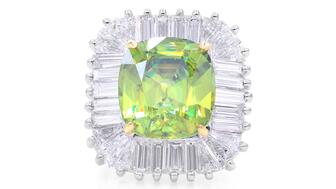
Take luxury gifting to new heights this holiday season with the jeweler’s showstopping 12-carat sphene ring.

This year's theme is “Unveiling the Depths of the Ocean.”
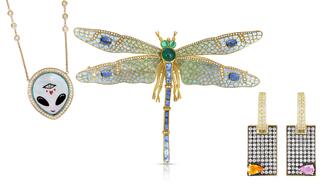
In its annual report, Pinterest noted an increase in searches for brooches, heirloom jewelry, and ‘80s luxury.
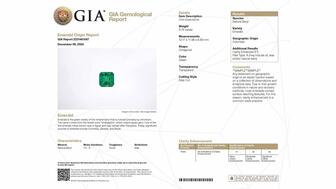
Starting Jan. 1, customers can request the service for opal, peridot, and demantoid garnet.

The 111-year-old retailer celebrated the opening of its new location in Salem, New Hampshire, which is its third store in the state.
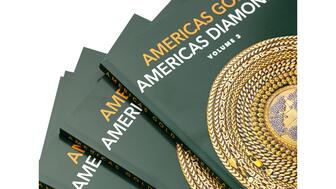
The new catalog features its most popular chains as well as new styles.
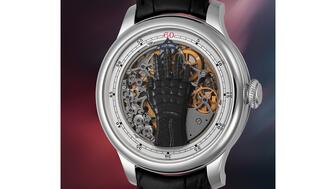
The filmmaker’s personal F.P. Journe “FFC” prototype was the star of Phillips’ recent record-setting watch auction in New York.

The new location in the Design District pays homage to Miami’s Art Deco heritage and its connection to the ocean.

Inflations, tariffs, and politics—including the government shutdown—were among consumers’ top concerns last month.
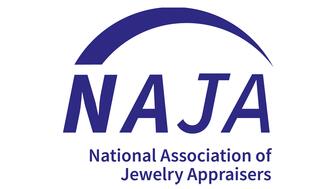
“Longtime favorite” presenters, as well as first-time speakers, will lead talks and workshops at the annual event in Tucson next year.
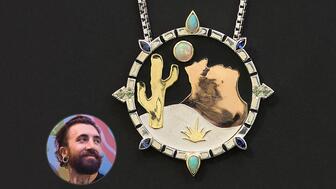
Silas Smith of Meridian Metalworks won the challenge with his pendant that blends Australian and American landscapes.
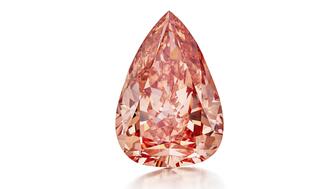
The sale of the 31.68-carat, sunset-hued stone was part of Sotheby’s first series of events and auctions in Abu Dhabi.

Most customers who walk into your store this month have made up their minds. Your job is to validate their choice, Emmanuel Raheb writes.

The collection features characters and motifs from Ukrainian folklore, including an enchanted mirror and a magic egg.

MatrixGold 3.11, the newest version of the jewelry design program, offers more flexibility, precision, and creative control.

The pavilion will be part of the 2026 JA New York Spring show, scheduled for March 15 to 17.
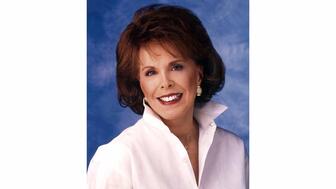
Kadet, a 1994 National Jeweler Retailer Hall of Fame inductee, helped grow the family-owned retailer in the Chicago area and beyond.

